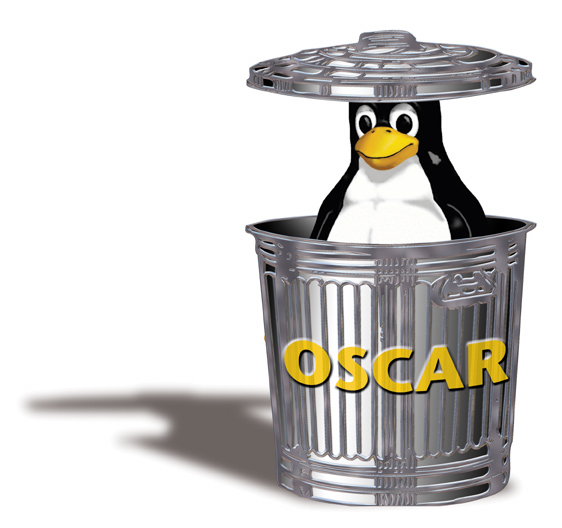Documentations > Developer Documentations > OSCAR infrastructure > OSCAR Packages
PackageInUn
PackageInUn aims to provide an high-level interface for OSCAR package installation/uninstallation. The current design is based on current features provided by other OSCAR tools and library (yume for example).
For example, in the following graphs, install packages currently means
yume-opkg install. Of course that may change if OSCAR tools and library
are modified or extended.
PackageInUn also assume that all dependences between OSCAR packages are managed by an higher-level tool. The idea is that a tool that may be called PackageInUnDep finds dependences between OSCAR packages and then call in order PackageInUn for each OSCAR package.
Furthermore, the interface for PackageInUn is still not finalized since the OSCAR code does not allow today a full management of several images.
Figure 1 modelizes OSCAR package installation.
Figure 2 modelizes OSCAR package uninstallation.
Note that if an error occurs, the current interfaces (install/remove) do not allow to go back to an stable state; interfaces such as install-force and remove-force still have to be designed and implemented.
UPDATE: TJN - (10/20/2006)
A bit more work on the flow, while looking to see what needs to be changed/added to the existing OSCAR Database.
Two new figures have been attached, along with a Postscript document containing them (for easier printing). They slightly refine the install process, giving details for the database. I believe that the current Node_Package_Status table is sufficient for tracking the state during the install. We will just need to add two new stages to the Status table. I have roughly been referring to those as: install-bin-pkg and run-scripts.
Additionally, it appears that we track both compute-nodes and headnodes in the Node_Package_Status table, but it appears we’ll need to either extend this table, or probably just create another mapping that functions exactly the same but is Image_Package_Status to track the image/opkg/status. (NOTE: Current semantics appear to be that if an opkg is installed, it is on all images. This is not the end design goal but the current rule.)
Lastly, I have not yet generated the 3rd figure for the ‘run-scripts’ breakout (must transfer from the whiteboard :) ).
UPDATE: TJN - (10/23/2006)
I have no idea how to delete attachments in the Trac wiki, so I just uploaded a newer version of the Postscript (printer friendly) version that includes all the updated graphs. The v1.3 postscript document is obsolete and can be ignored/deleted (if you know how).
